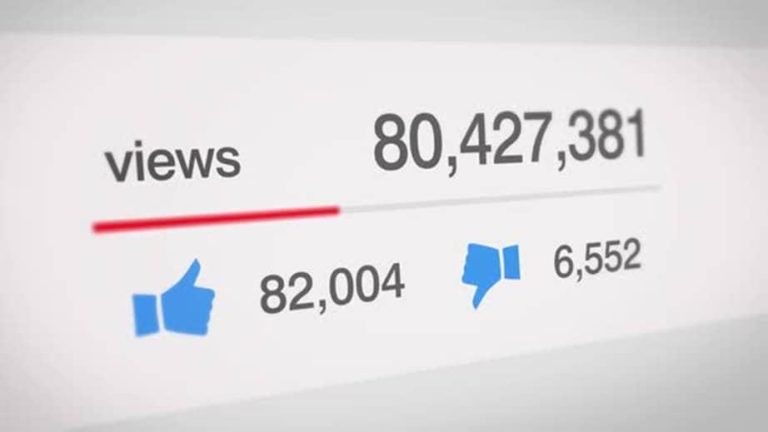Short, vertical video now sets the pace of public debate. Clips on TikTok, Instagram Reels, and YouTube Shorts reach audiences faster than headlines, compressing complex issues into seconds and turning scrolls into sentiment. In election seasons, protests, and crises, these feeds are often where opinions form first.
Built for engagement, recommendation algorithms privilege content that triggers reaction-informing and mobilizing millions, while also risking distortion and rapid spread of false claims. Campaigns court creators, brands calibrate messages for the “For You” feed, and newsrooms retool for the era of swipes and soundbites. Regulators, meanwhile, weigh new rules on political content, transparency, and the systems that decide what people see.
This article examines how social media video shapes public opinion: the mechanics of algorithmic distribution, the rise of creator-driven persuasion, the speed at which narratives take hold, and the safeguards-from platform policies to media literacy-that aim to preserve open expression while curbing manipulation.
Table of Contents
- How Platform Ranking Turns Seconds of Video Into Lasting Belief
- What We Learned From Fact Checks and User Behavior on Viral Clips
- Recommendations for Platforms Regulators and Newsrooms to Curb Manipulation
- Insights and Conclusions
How Platform Ranking Turns Seconds of Video Into Lasting Belief
Platforms convert fleeting clips into conviction by optimizing for predicted retention, not veracity: ranking models amplify videos that trigger immediate attention, then reinforce them through iterative exposure that feels organic but is mathematically engineered. The result is a feed where simplicity outcompetes nuance and repetition masquerades as consensus. Editors and researchers note that algorithmic “escalators” test content in small cohorts and surge distribution when watch-time and rewatch rates spike, creating an availability cascade that can outpace corrections by hours or days. In this environment, seconds matter: a facial reaction, a caption crawl, a cutaway chart-each becomes a signal that models read as momentum.
• Hook metrics: First-three-second holds push clips higher, rewarding spectacle over substance.
• Social proof: View counters, badges, and comment velocity cue authority and drive follow-on belief.
• Context compression: Cropped quotes and overlays remove caveats that would dampen shareability.
• Feedback loops: Engagement surges attract creators to mimic formats, normalizing frames.
• Memory imprinting: Short, emotionally charged visuals encode as heuristics, later retrieved as “facts.”
• Latency of correction: Labels and debunks arrive downstream and rarely inherit the original reach.
• Community reinforcement: Niche clusters repackage the same clip, multiplying exposure without adding context.
What We Learned From Fact Checks and User Behavior on Viral Clips
A review of high-velocity clips across major platforms shows verification consistently trailing virality, while split-second credibility judgments by viewers shape narratives before formal debunks surface; patterns in engagement, creator networks, and interface design reveal how claims stick, why corrections struggle to catch up, and which interventions actually change behavior.
- Speed vs. scrutiny: Peaks in views arrive within hours; fact checks land later, locking in first impressions.
- Corrections underperform: Labels, stitches, and duets curb reshares but seldom match original reach.
- Heuristics over evidence: Audiences lean on creator reputation, production polish, and subtitles to judge plausibility.
- Engagement tells: Early-retention spikes, rewinds at claim moments, and comment echoing predict downstream belief.
- Context friction: Off-platform links see low follow-through; in-frame receipts and on-screen citations fare better.
- Platform fingerprints: Short loops reward confident assertions; long-form streams enable rebuttals that few finish.
- Intervention timing matters: Creator-led clarifications posted early outperform late moderation or mass takedowns.
- Network effects: Cross-posts by mid-tier accounts extend lifecycle more than single mega-influencer boosts.
- Policy spillover: Soft demotions limit discovery but shift debate into private chats where claims calcify.
- Design cues: Captions, split-screen reactions, and visual evidence shape recall more than description boxes.
Recommendations for Platforms Regulators and Newsrooms to Curb Manipulation
Platforms: • Add visible labels for AI‑generated or edited clips and surface provenance (C2PA) on upload and share; • Deploy “circuit breakers” to slow virality on borderline or breaking clips pending review; • Provide public, rate‑limited audit APIs and researcher sandboxes for recommender transparency; • Demote coordinated inauthentic behavior and disclose network takedowns with artifact files; • Expand ad and influencer libraries to include paid political video and issue advocacy; • Default to context modules beneath viral clips with source, date, and counter‑claims.
Regulators: • Mandate periodic systemic risk assessments, transparency reports, and independent audits of video moderation; • Require standardized provenance/watermarking for synthetic media and clear user‑facing disclosures; • Enforce identity and funding transparency for political and influencer content; • Provide good‑faith data access frameworks for vetted researchers while protecting privacy; • Penalize deceptive deepfakes that suppress voting or incite harm, with rapid redress mechanisms.
Newsrooms: • Stand up dedicated video verification desks using frame analysis, audio forensics, and geolocation; • Publish pre‑bunks and platform‑native explainers that anticipate common manipulations; • Add persistent context overlays, timelines, and source notes when reposting third‑party clips; • Avoid amplification of unverified footage; when coverage is essential, show the uncertainty prominently; • Maintain transparent correction logs across all social embeds; • Join cross‑industry alert networks to share hashes, metadata, and debunks in real time.
Insights and Conclusions
As short-form video cements itself as the default language of online conversation, its influence on public opinion is less a trend than an infrastructure. It collapses complex issues into seconds, mobilizes and polarizes at scale, and increasingly sidelines traditional gatekeepers. The stakes are visible in elections, public health campaigns, and conflict zones, where clips can both reveal realities and distort them.
What happens next will be shaped as much by design choices as by content. Platform rules, algorithmic transparency, provenance tools for AI-generated media, and investments in fact-checking and media literacy will determine whether velocity comes with verification. Regulators are pressing for standards, creators are testing new formats, and audiences are learning-sometimes the hard way-how to parse what they watch.
The question is no longer whether video shapes opinion, but who shapes the video that most people see. In a crowded feed, accountability, context, and clarity may be the only durable currencies.


